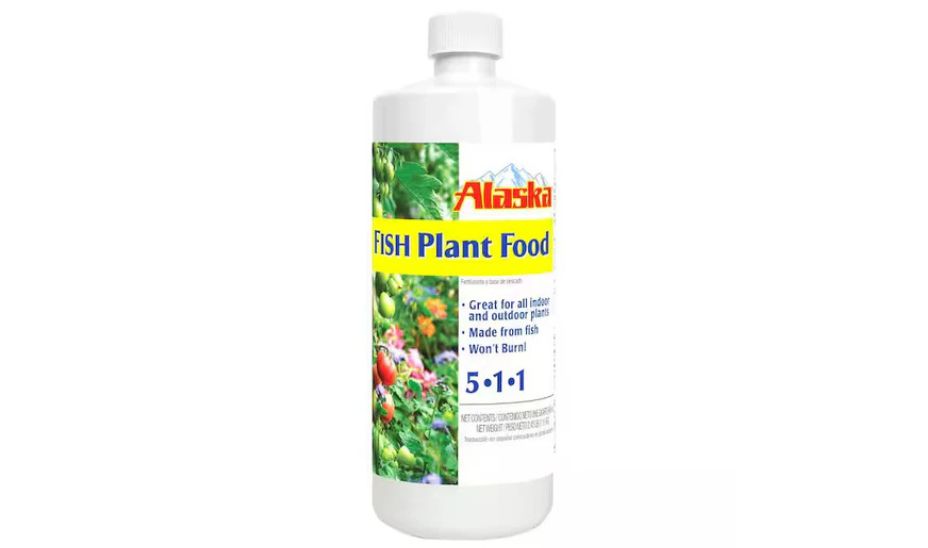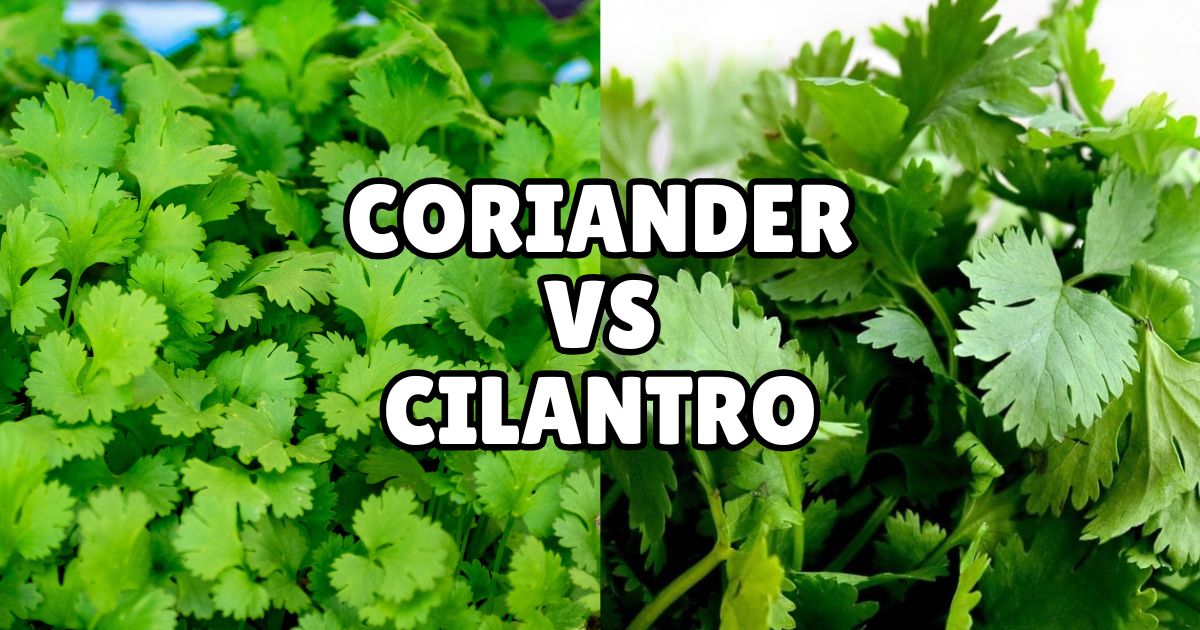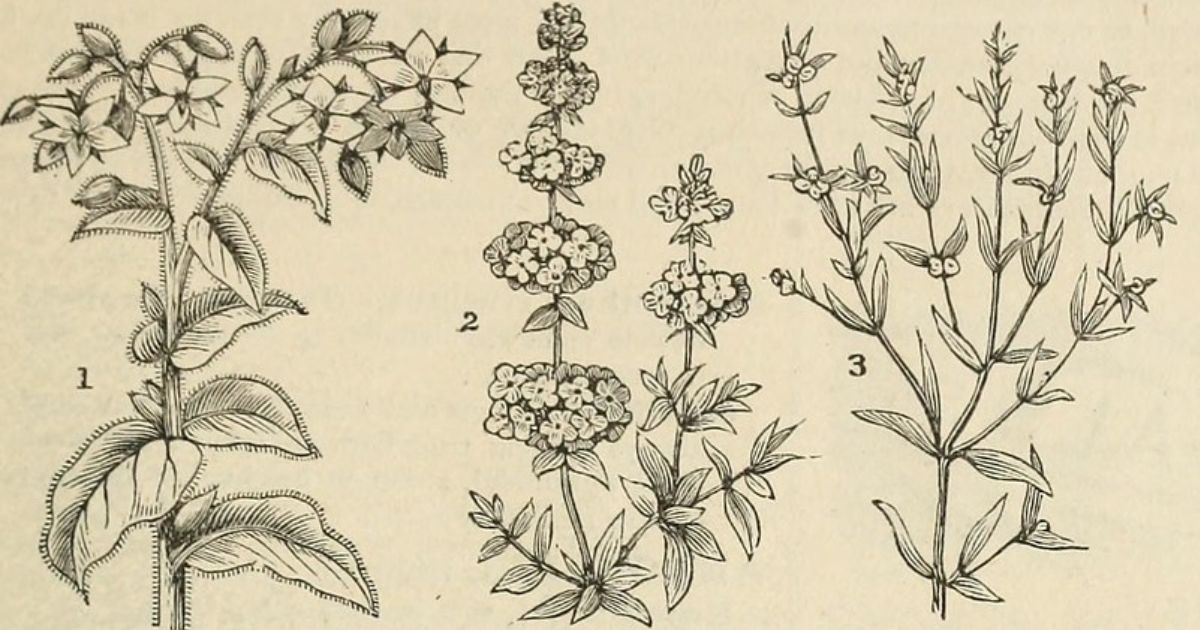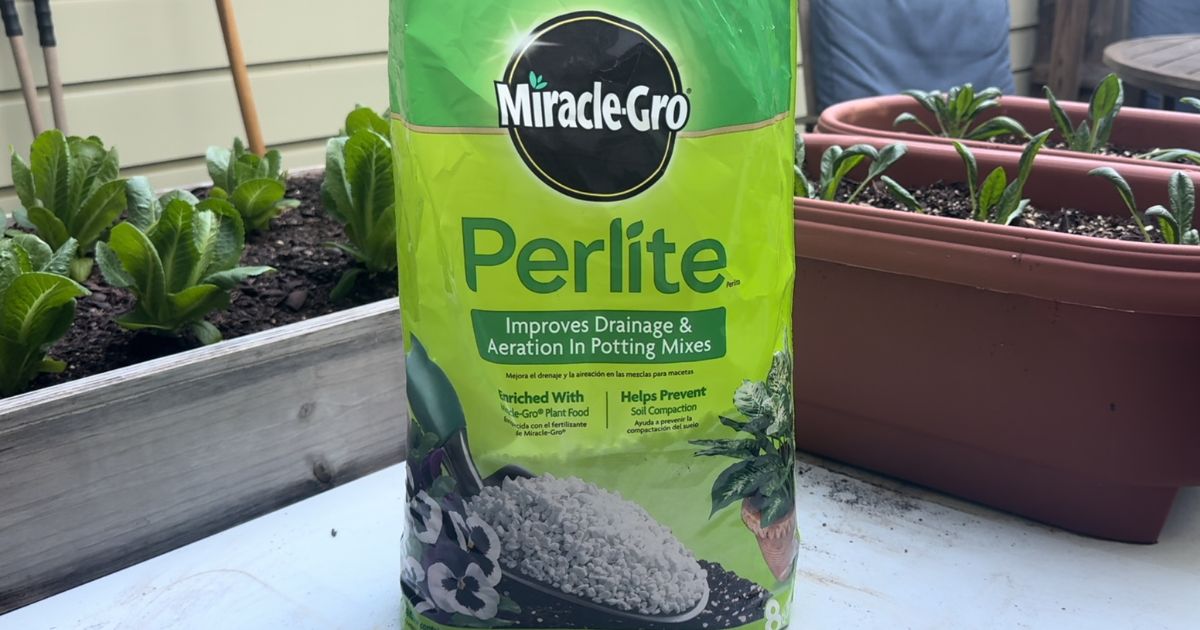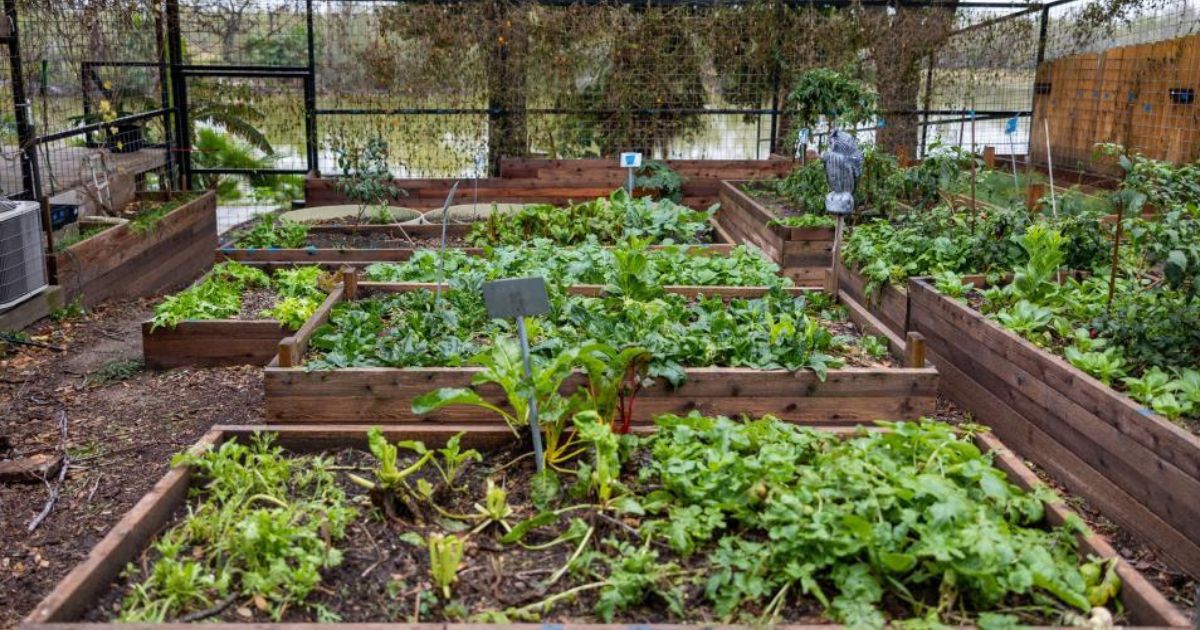
Vegetable Gardening for Beginners: A Complete Guide
Starting a vegetable garden can be an immensely rewarding activity, offering fresh produce, mental relaxation, and an eco-friendly way to connect with nature. If you’re new to gardening, this guide will walk you through every step, ensuring your gardening journey is enjoyable and fruitful.
Why Start a Vegetable Garden?
Before diving in, let’s explore the benefits of vegetable gardening:
- Fresh, organic produce: Enjoy the taste of vegetables free from chemicals and additives.
- Cost savings: Growing your food reduces grocery expenses.
- Eco-friendly: Minimize your carbon footprint by sourcing food locally—right from your yard!
- Stress relief: Gardening can improve mental health by connecting you to nature.
Step 1: Plan Your Vegetable Garden
1. Choose the Right Location
- Look for a sunny spot with at least 6-8 hours of direct sunlight daily.
- Ensure good drainage to prevent waterlogging.
- Position the garden close to a water source for easy watering.
2. Decide What to Grow
For beginners, choose easy-to-grow vegetables such as:
- Lettuce and spinach (fast-growing and versatile)
- Tomatoes (delicious and productive)
- Radishes and carrots (low-maintenance root crops)
- Zucchini (high-yielding summer squash)
3. Plan the Layout
Use a simple raised bed, container garden, or traditional rows. Consider crop spacing and companion planting to maximize growth.
Step 2: Prepare the Garden
1. Test the Soil
Use a soil testing kit to check pH levels (ideal range: 6.0–7.0) and nutrient availability.
2. Improve Soil Quality
- Add compost or organic matter for nutrients and better structure.
- Use mulch to retain moisture and suppress weeds.
3. Set Up Garden Beds or Containers
- Raised beds offer better control over soil quality.
- Containers are ideal for small spaces or patios.
Step 3: Plant Your Vegetables
1. Follow Planting Guides
Each vegetable has specific planting depths and spacing requirements. Check seed packets or gardening resources for details.
2. Start with Seeds or Transplants
- Seeds are cost-effective but take longer to grow.
- Transplants (young plants) offer a quicker start for beginners.
3. Water Properly
- Water deeply to encourage root growth.
- Morning watering is best to prevent fungal diseases.
Step 4: Maintain Your Garden
1. Weeding and Mulching
Keep weeds at bay by regularly pulling them out. Apply mulch to reduce weed growth and maintain soil moisture.
2. Fertilizing
Feed plants with organic fertilizers, such as compost tea or fish emulsion, to promote healthy growth.
3. Pest and Disease Management
- Use natural methods like companion planting to deter pests.
- Monitor for signs of disease, such as discolored leaves or wilting.
Step 5: Harvest and Enjoy
- Harvest vegetables at their peak ripeness for the best flavor and nutrition.
- Use clean tools to cut or pull vegetables without damaging the plant.
Pro Tips for Beginners
- Start Small: Begin with a manageable area to avoid feeling overwhelmed.
- Keep a Gardening Journal: Track planting dates, varieties, and outcomes to learn from experience.
- Learn from Others: Join local gardening groups or online forums to share knowledge and seek advice.
Final Thoughts
Vegetable gardening is a journey of learning and growth. With patience, dedication, and the tips in this guide, you’ll soon enjoy the fruits (and vegetables) of your labor. Happy gardening!
